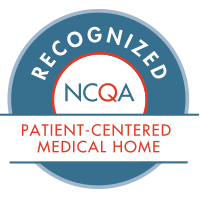
CANTHARIDAN TREATMENT
Cantharidin
is a medication
which is most often used in the treatment of warts and ‘wart-like’ bumps known as molluscum contagiosum. The active ingredient was discovered by a French scientist who noticed that blisters would arise on his skin after handling certain types of beetles. For this reason, it is sometimes referred to as ‘beetle juice’.
The medication itself dries fairly quickly after being applied to the skin. Depending on the location, size and type of lesion being treated, tape is sometimes applied over the application site. After allowing it to remain in contact with the skin (usually for several hours), it is washed off. Within 24-28 hours, a blister will then form which gradually dries up and peels away – hopefully taking away the treated lesion with it as it heals.
The main advantage of Cantharidin is that it doesn’t hurt when applied. This is in contrast to other methods (like freezing with liquid nitrogen) which can be quite painful. As a result, Cantharidin application is a popular treatment option for younger patients who simply cannot tolerate any procedures which may cause pain.
It has a few disadvantages:
1.
It simply isn’t quite as effective as more aggressive options like freezing. This means that additional treatments are sometimes necessary.
2.
Although it doesn’t hurt upon application, that’s not to say that it’s completely pain-free. The blister which each application creates can be somewhat sensitive in the following days. While treatment of one or two lesions might cause slight tenderness, treatment of many lesions can cause significant discomfort.
3.
Although rare, Cantharidin can sometimes enlarge a wart. This happens when the surface of the wart is blistered, but the reaction isn’t sufficient to actually kill the wart-infected skin. As the blister subsides, the surface of the wart then sometimes extends beyond its original pre-treatment size.
For the above reasons, Cantharidin isn’t necessarily the ‘ideal’ treatment for everyone.
But in children, it’s sometimes the only choice we have.
After treatment, we ask that you gently cleanse the treatment sites
(after removing tape is applied) after several hours.
If significant pain or discomfort occurs prior to this, you may remove the tape
and/or cleanse the treatment sites at any time.
For wound care, simply keep the treatment sites clean with soap and water.
Band-Aids may be applied over healing blisters (though usually aren’t necessary).



